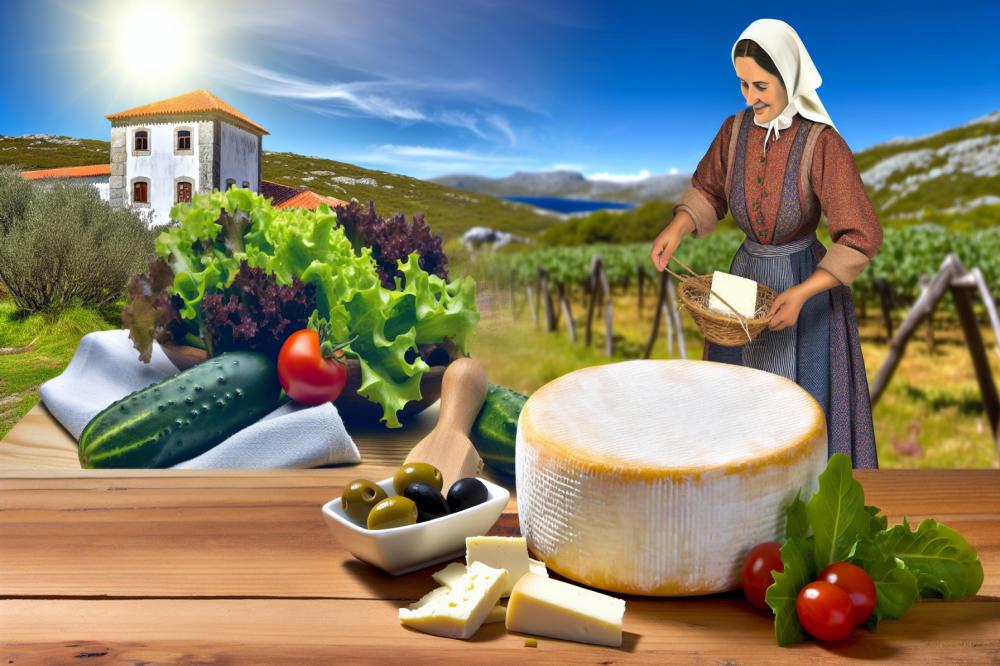Introduction
Queijo Branco is a fresh cheese that embodies the essence of Portuguese culinary heritage. This distinctive cheese has its roots deep in the rural traditions of the Beira Baixa region. Crafted primarily from cow’s milk, it boasts a creamy texture and mild flavor, inviting anyone to enjoy it. For many locals, it is not merely a food item; it represents their culture and history.
The Beira Baixa region, renowned for its picturesque landscapes and rich agricultural practices, plays a vital role in the production of various cheeses. Its unique climate and fertile lands create an ideal environment for dairy farming. As a result, cheesemakers in this area have honed their craft over generations. They take pride in their ability to produce high-quality dairy products, and Queijo Branco is among the most celebrated.
This cheese holds a special place in Portuguese cuisine. Often served as a starter or incorporated into traditional dishes, it enhances flavors and adds a creamy touch. Local markets bustle with activity as people seek out this beloved cheese. It is truly a staple that brings people together, especially during festive occasions.
Sampling Queijo Branco allows individuals to experience the authentic taste of Beira Baixa. Each bite transports you to picturesque pastures and rolling hills, where cows graze freely. This connection to the land makes the cheese more than just a culinary delight; it becomes a part of the region’s identity. Exploring this fresh cheese is an adventure into the heart of Portuguese gastronomy.
Queijo Branco
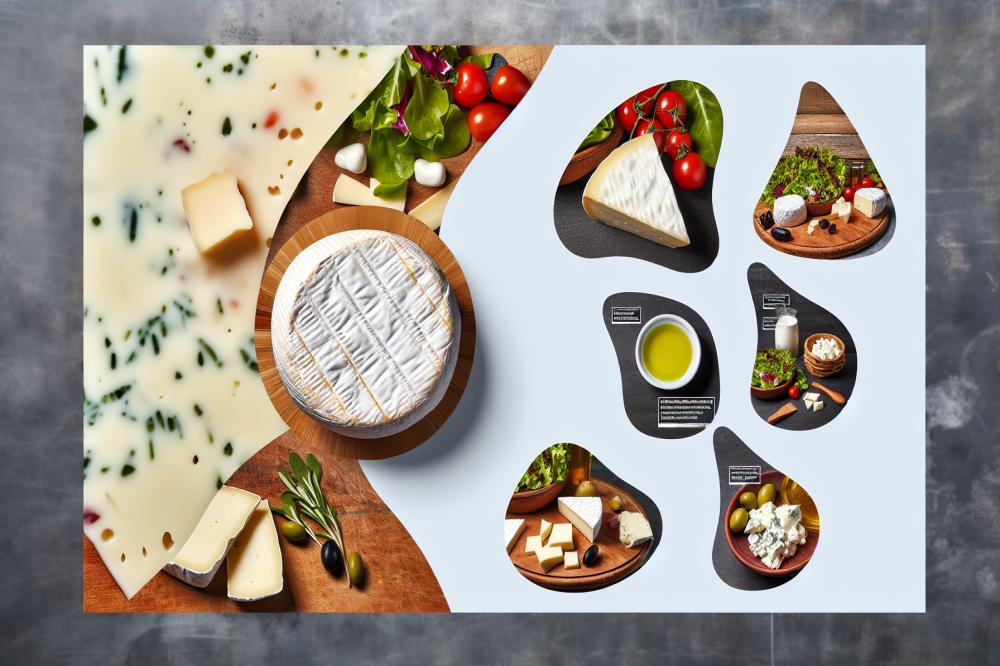
Queijo Branco da Beira Baixa is a fresh cheese that captures attention with its simplicity. This cheese often presents a soft, creamy texture. It is typically white or pale yellow, with a smooth surface that is pleasing to the eye. When tasting, one can notice a mild and slightly tangy flavor. The taste is fresh, reminiscent of the lush pastures where the milk originates.
Crafted from sheep’s or goat’s milk, this cheese reflects the traditional practices of the Beira Baixa region. The process begins with curdling the milk, which can vary depending on the type of milk used. Afterward, it is drained and pressed. The final step is sometimes aging, although it’s primarily enjoyed fresh. Each small batch can differ slightly, contributing to its character.
Comparing this cheese to others in Portugal highlights its distinct features. Unlike aged cheeses such as Queijo da Serra, Queijo Branco maintains a soft and spreadable quality. Its lighter flavor sets it apart. Locals often enjoy it with bread or fresh vegetables, creating simple yet delightful pairings. The cheese offers a refreshing alternative to the stronger, more aged varieties commonly found in the country.
Beira Baixa
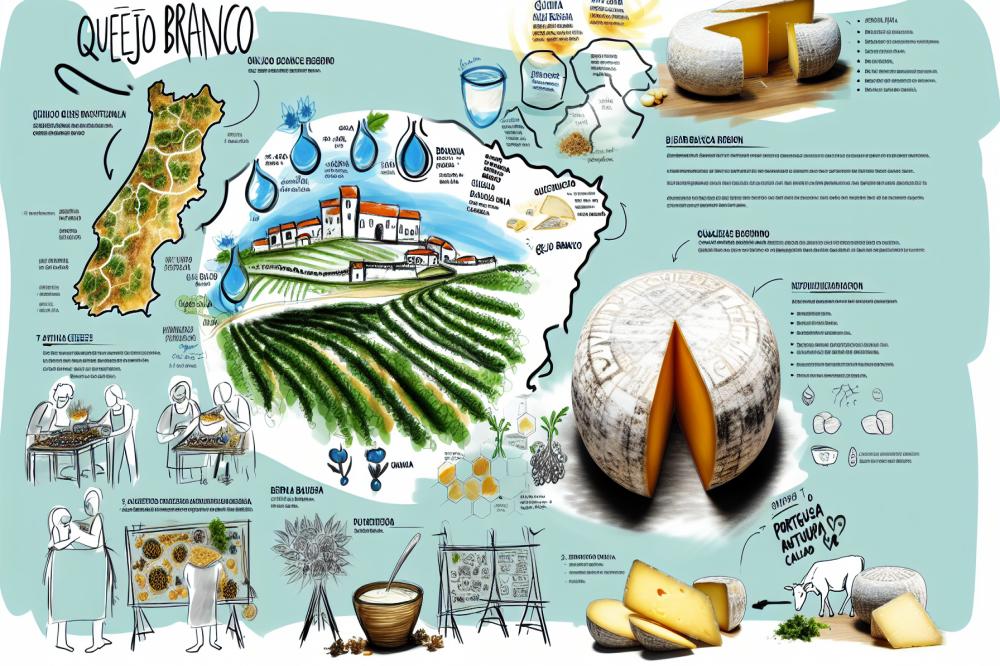
The Beira Baixa region nestles in the heart of Portugal. It lies between the Sierra da Estrela mountains and the River Tejo. This geography creates a diverse landscape. Rolling hills and fertile valleys dot the area. Local farmers benefit from rich pastures, ideal for grazing sheep and goats. The climate is both warm and temperate, with hot summers and cool winters.
Rainfall is moderate, bringing nourishment to the land. These conditions favor the growth of lush grasses, which are essential for livestock. When animals graze on the natural flora, the flavors of the cheese take on unique characteristics. Many believe that the taste of cheeses reflects their environment. In this part of Portugal, the terroir plays a significant role in shaping local dairy products.
Traditional farming practices remain integral to the region’s heritage. Families often pass down knowledge through generations. Many farmers use age-old methods for raising animals and making cheese. Small-scale operations thrive in this setting. The emphasis is on quality over quantity, resulting in a more flavorful product.
Artisan cheese makers are vital to this community. They uphold long-standing traditions while also adapting to modern trends. Many offer workshops to share their skills, creating a bridge between the past and present. Through these efforts, they maintain the cultural identity of the Beira Baixa region. Visitors and locals alike appreciate the dedication to craftsmanship.
Such commitment also supports local economies. As people seek out authentic experiences, artisan cheeses gain popularity. Many markets now highlight these specialty products. Each piece of cheese tells a story of the land and its people. This connection to place resonates with those who taste it.
Nutritional Information and Health Benefits
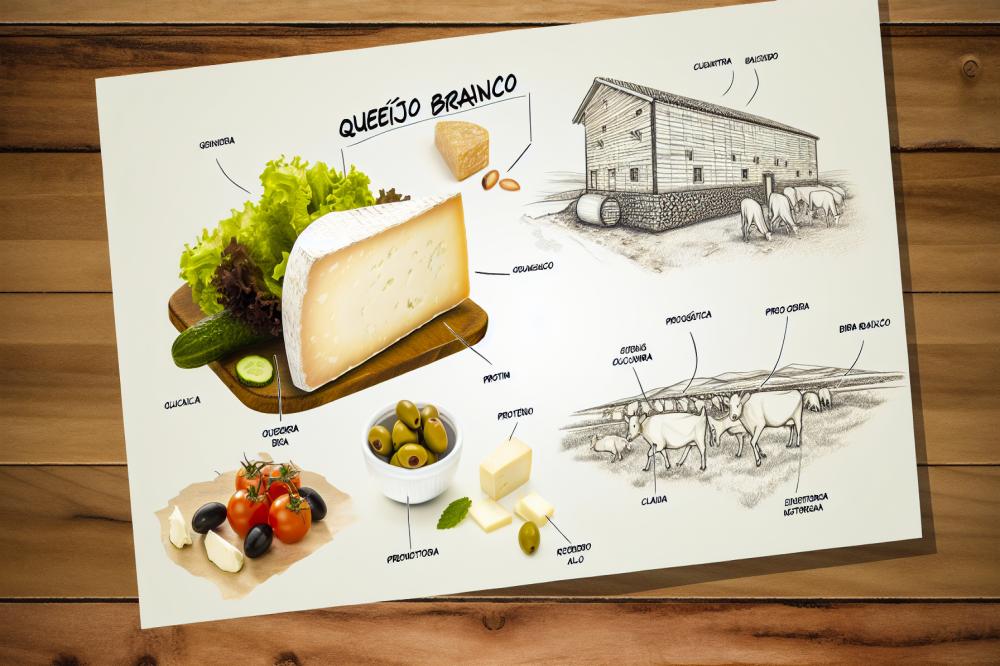
Queijo Branco da Beira Baixa is not just a delicious cheese; it also packs a punch when it comes to nutrition. A typical serving offers around 15 grams of protein. This is great news for those looking to increase their protein intake. Protein plays a vital role in building muscle and repairing tissues.
Another important aspect is the calcium content. Each serving provides a significant amount of calcium, which is essential for strong bones and teeth. Consuming dairy products can help maintain bone density, especially as we age.
Some varieties of this cheese contain probiotics. Probiotics are beneficial bacteria that can promote gut health. Incorporating them into your diet can help with digestion and may even strengthen your immune system.
When it comes to using this cheese in meals, the options are many. It can be enjoyed fresh, on a salad, or melted over vegetables. Pairing it with fruits like figs or apples can create an interesting flavor contrast. Spreading it on whole-grain bread or crackers is another simple way to add it to snacks.
Maintaining a balanced diet is important. This cheese can be a great part of a balanced plate. Just make sure to enjoy it in moderation due to its fat and sodium levels. Overall, integrating Queijo Branco into your meals can enhance both flavor and nutrition.
Recipe: Queijo Branco Salad
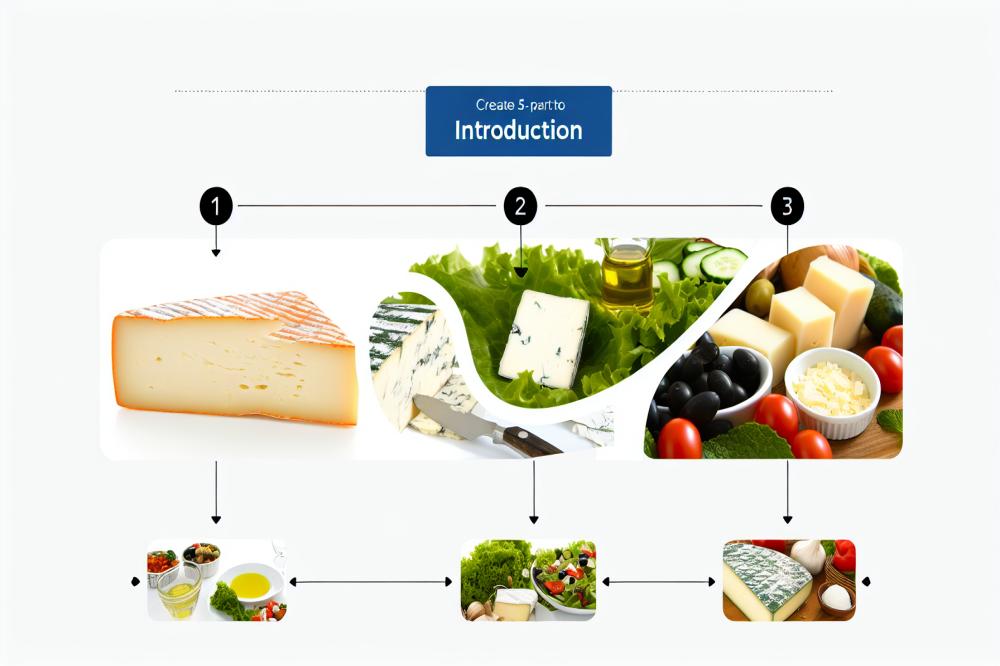
This salad highlights the wonderful freshness of Queijo Branco. It combines vibrant flavors and textures that are sure to please anyone at your table. Gather the following ingredients for a delightful experience.
Ingredients List:
- 200g Queijo Branco
- 2 cups mixed salad greens
- 1 cup cherry tomatoes, halved
- 1 cucumber, sliced
- 1/4 cup olives
- Olive oil
- Balsamic vinegar
- Salt and pepper to taste
Recipe Instructions:
Start by taking a large bowl. In it, combine the salad greens, cherry tomatoes, cucumber, and olives. The colors should be bright and inviting. Cut the cheese into small cubes and add them to the mix. This will give the salad a creamy texture that complements the other ingredients.
Next, drizzle some olive oil over the mixture. A splash of balsamic vinegar adds a tangy flavor that ties everything together. Season the salad with salt and pepper according to your taste preferences. Remember, it’s all about balancing the flavors.
Finally, toss everything gently to combine. This step is crucial. You want all the flavors to meld together without breaking the cheese into smaller pieces. Serve the salad immediately. Enjoy the fresh and delightful taste that this dish offers.
Final Thoughts on Queijo Branco da Beira Baixa
This fresh cheese stands out for its creamy texture and subtle flavor profile. Made from raw cow’s milk, it offers a delightful balance between mildness and richness. Each bite reveals a taste of the Beira Baixa region’s natural beauty and tradition.
Experimenting with Queijo Branco can elevate your culinary adventures. Use it in salads, spread it on bread, or simply enjoy it with some olives and wine. The possibilities are endless, so let your creativity soar. Trying new recipes brings excitement to the table.
Exploring Portuguese cheese leads to a better appreciation of the country’s diverse culinary landscape. Each variety tells a story, and Queijo Branco is no exception. It reflects local practices that have been passed down through generations, connecting people and culture. Discovering these flavors can deepen one’s understanding of Portugal.
In conclusion, this cheese deserves a spot in everyone’s kitchen. Its versatility and flavor make it a worthy addition to any dish. Don’t miss out on the chance to experience a taste of Beira Baixa. Enjoy the journey of exploring Portuguese cheeses.

